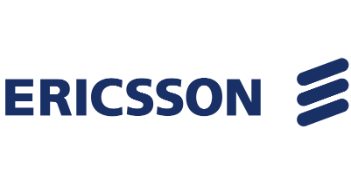In infrastructure news this week, Ericsson is diversifying its leadership team, and tower companies appear unfazed by the prospect of carrier consolidation.
Ericsson appointments
Ericsson has added three new members to its global leadership team, two of whom are women. Each of the new executives will head up a different geographic region. Rafiah Ibrahim will head up Ericsson’s Middle East region, Charlotta Sund will lead the company’s Northern Europe and Central Asia region, and Sam Saba will be in charge of Ericsson’s South East Asia and Oceania regions.
“Rafiah, Sam and Charlotta all bring different and market relevant competence and experience to our team and their respective regions. But above all, they have shown that they are leaders with strong commercial drive and they have relevant knowledge of the respective markets,” said Ericsson CEO Hans Vestberg.
In other news from Ericsson this week, the company announced a new data analytics platform during TM Forum Live 2014, and released its closely watched Ericsson Mobility Report for 2014.
Tower industry considers impact of consolidation
Shares of the three publicly traded U.S. tower companies (CCI, AMT and SBAC) held up well this week on renewed reports of a Sprint/T-Mobile merger. With three major U.S. carriers instead of four, new tower construction and colocation activity could decline somewhat, but investors know that it’s a long way from reports to reality in the world of telecom mergers.
Crown Castle International may be the tower company with the most to lose if Sprint and T-Mobile US eventually become one company. Together those two companies represent almost half of Crown’s consolidated site rental revenue, according to Inside Towers, and the two carriers share space on 8,000 Crown Castle towers.
American Tower has less exposure to Sprint and T-Mobile US, with the former representing 16% of operating revenue and the latter 10%, as of nine months ago. This week American Tower told RCR that colocations do represent an increasing share of its U.S. revenue, as carriers focus on adding capacity. The company said its current mix of work on existing towers is roughly 55% amendment activity and 45% new colocations, and that it expects the mix to approach 50-50 over the next 12 months. Meanwhile new site construction is booming.
“We are building more towers today than we have ever built in the five years that I’ve been here at American Tower,” said Steven Marshall, president of American Tower’s U.S. tower division. “There is a need to fill these coverage holes in the carrier’s networks … and the carriers are doing a valiant job of trying to fill those holes.” Marshall said that carriers remain willing to invest aggressively because they see so much opportunity ahead due to the unrelenting demand for mobile data.
Follow me on Twitter.

Ericsson diversifies leadership team
ABOUT AUTHOR
